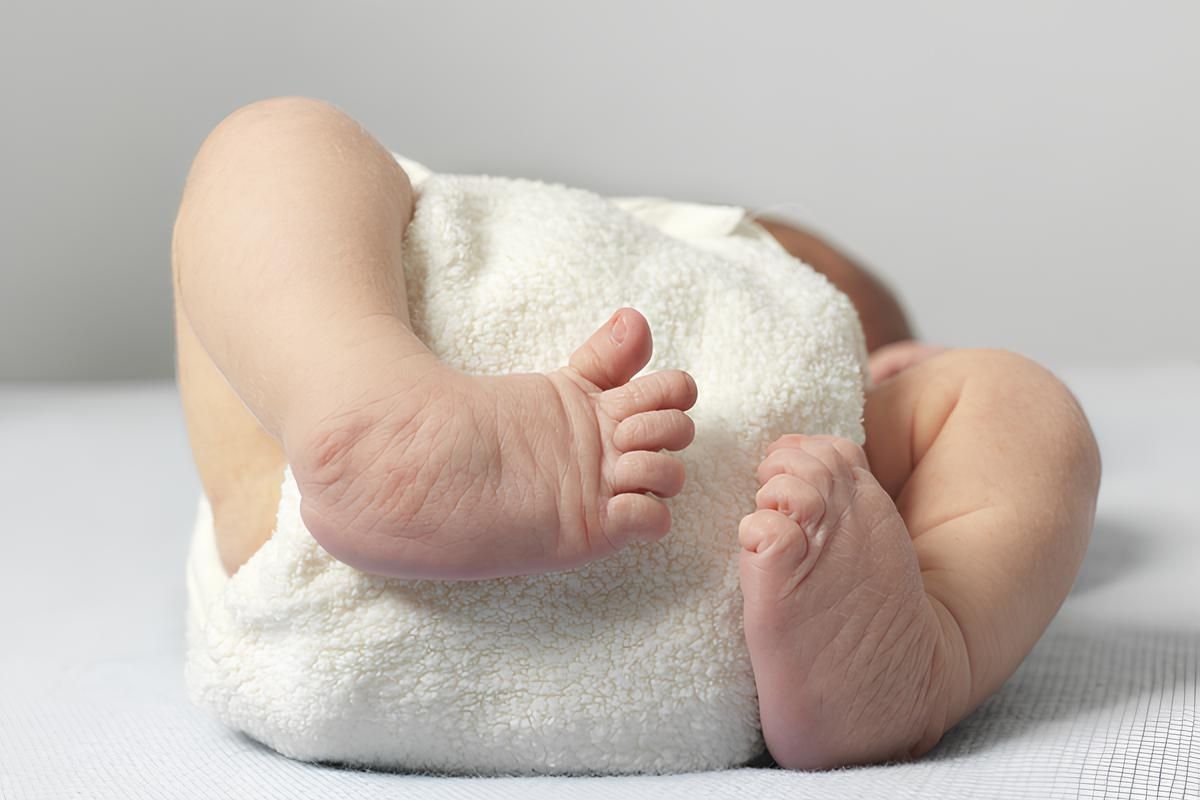
Schinzel–Giedion Syndrome is a rare genetic disorder that affects multiple parts of the body. Characterized by distinctive facial features, developmental delays, and various physical abnormalities, this condition presents significant challenges for those affected and their families. Caused by mutations in the SETBP1 gene, Schinzel–Giedion Syndrome is typically diagnosed in infancy. Symptoms can include severe intellectual disability, heart defects, and skeletal abnormalities. Understanding this syndrome is crucial for providing appropriate care and support. In this post, we'll explore 25 facts about Schinzel–Giedion Syndrome to help you gain a better understanding of this complex condition.
Key Takeaways:
- Schinzel–Giedion Syndrome is a rare genetic disorder causing developmental delays and health issues. Early diagnosis and tailored treatments can help manage symptoms and improve quality of life.
- Families of children with Schinzel–Giedion Syndrome can find support through special education, respite care, and assistive devices. Connecting with support groups and accessing palliative care can also make a difference.
What is Schinzel–Giedion Syndrome?
Schinzel–Giedion Syndrome (SGS) is a rare genetic disorder. It affects multiple parts of the body and often leads to severe developmental issues. Here are some key facts about this condition.
-
SGS is extremely rare. Only about 50 cases have been reported worldwide.
-
It is caused by mutations in the SETBP1 gene. This gene plays a role in regulating other genes, which affects development.
-
SGS is usually diagnosed in infancy. Symptoms often appear soon after birth.
-
Facial features are distinct. Children with SGS often have a prominent forehead, wide-set eyes, and a short nose.
-
Developmental delays are common. Most children with SGS experience significant delays in motor and cognitive skills.
Symptoms and Health Issues
SGS presents a variety of symptoms and health issues. Understanding these can help in managing the condition better.
-
Severe intellectual disability is typical. Most children with SGS have profound intellectual disabilities.
-
Seizures are frequent. Many children with SGS experience recurrent seizures.
-
Hydronephrosis is common. This condition, where the kidneys swell due to urine buildup, often affects children with SGS.
-
Heart defects may occur. Some children are born with congenital heart defects.
-
Hearing loss is possible. Some individuals with SGS have hearing impairments.
Diagnosis and Testing
Diagnosing SGS involves several steps. Early diagnosis can help in managing symptoms more effectively.
-
Genetic testing confirms the diagnosis. A blood test can identify mutations in the SETBP1 gene.
-
Prenatal testing is available. For families with a history of SGS, prenatal testing can detect the condition before birth.
-
MRI scans are useful. Brain imaging can reveal structural abnormalities.
-
Ultrasound can detect kidney issues. This imaging technique helps identify hydronephrosis.
-
Echocardiograms check the heart. This test can identify congenital heart defects.
Treatment and Management
While there is no cure for SGS, various treatments can help manage symptoms and improve quality of life.
-
Seizure medications are essential. Anti-seizure drugs can help control seizures.
-
Physical therapy aids development. Regular sessions can improve motor skills.
-
Speech therapy can be beneficial. Although many children with SGS are non-verbal, speech therapy can help with communication.
-
Hearing aids might be needed. For those with hearing loss, aids can improve hearing.
-
Surgery may be required. Some children need surgery to correct heart defects or hydronephrosis.
Living with Schinzel–Giedion Syndrome
Living with SGS presents challenges, but support and resources can make a difference.
-
Support groups offer help. Connecting with other families can provide emotional support and practical advice.
-
Special education is crucial. Tailored educational programs can help children reach their potential.
-
Respite care is available. This service gives families a break from caregiving duties.
-
Assistive devices can aid mobility. Wheelchairs and other devices can help children move around more easily.
-
Palliative care may be necessary. For some children, palliative care can improve quality of life by managing pain and other symptoms.
Understanding Schinzel–Giedion Syndrome
Schinzel–Giedion Syndrome (SGS) is a rare genetic disorder that affects multiple body systems. It’s caused by mutations in the SETBP1 gene. Symptoms include distinctive facial features, severe developmental delays, and various organ abnormalities. Early diagnosis and intervention can improve the quality of life for those affected, though there’s no cure yet.
Raising awareness about SGS is crucial. Families dealing with this condition often face significant challenges, both emotionally and financially. Support networks and specialized medical care can make a big difference.
Research continues to advance, offering hope for better treatments in the future. By understanding SGS, we can foster a more inclusive and supportive environment for those living with this rare disorder. Stay informed, spread awareness, and support ongoing research efforts to make a positive impact.
Frequently Asked Questions
Was this page helpful?
Our commitment to delivering trustworthy and engaging content is at the heart of what we do. Each fact on our site is contributed by real users like you, bringing a wealth of diverse insights and information. To ensure the highest standards of accuracy and reliability, our dedicated editors meticulously review each submission. This process guarantees that the facts we share are not only fascinating but also credible. Trust in our commitment to quality and authenticity as you explore and learn with us.
